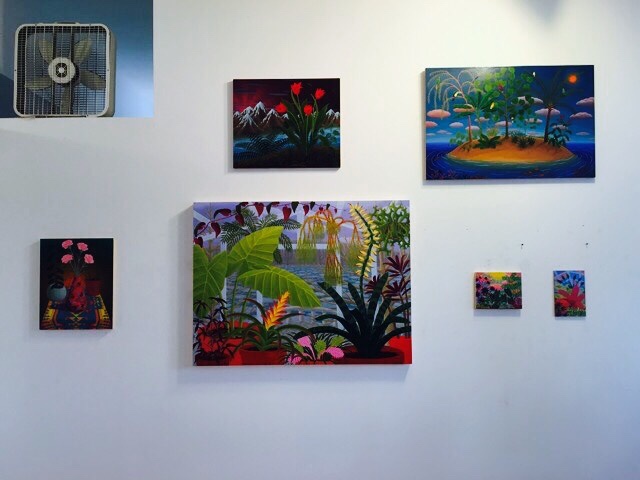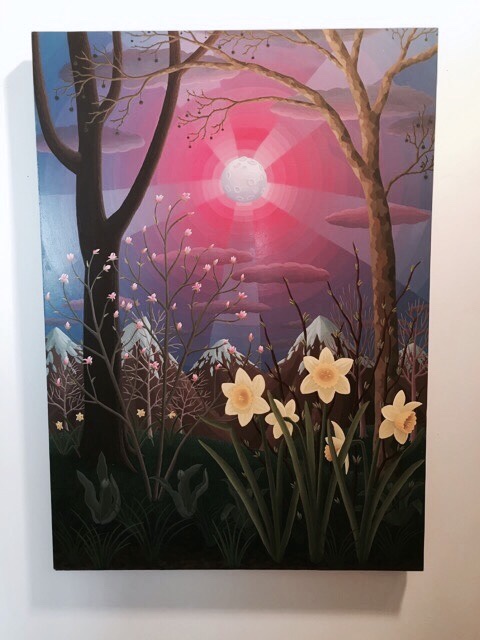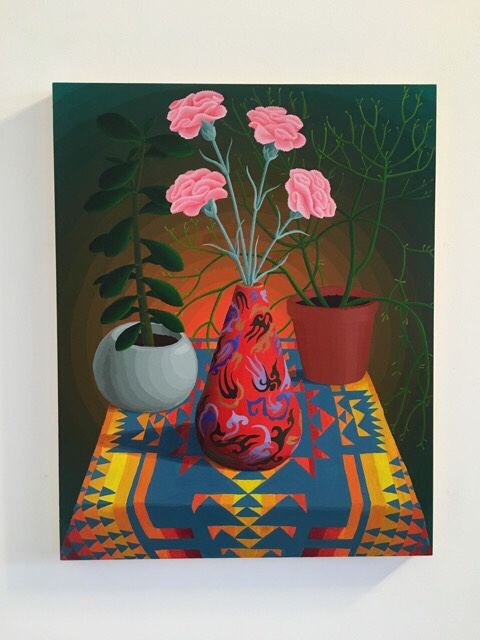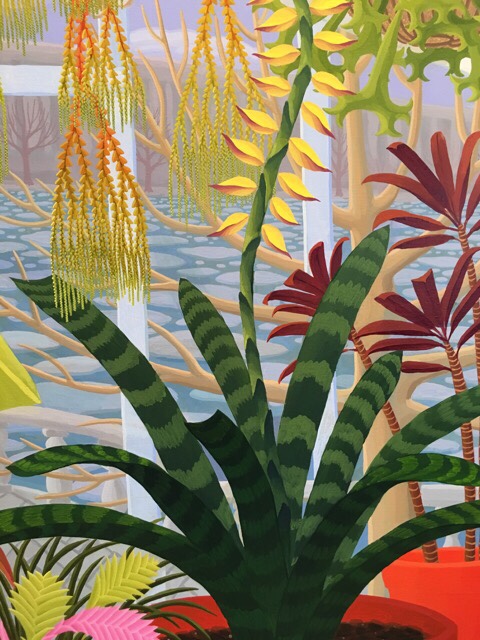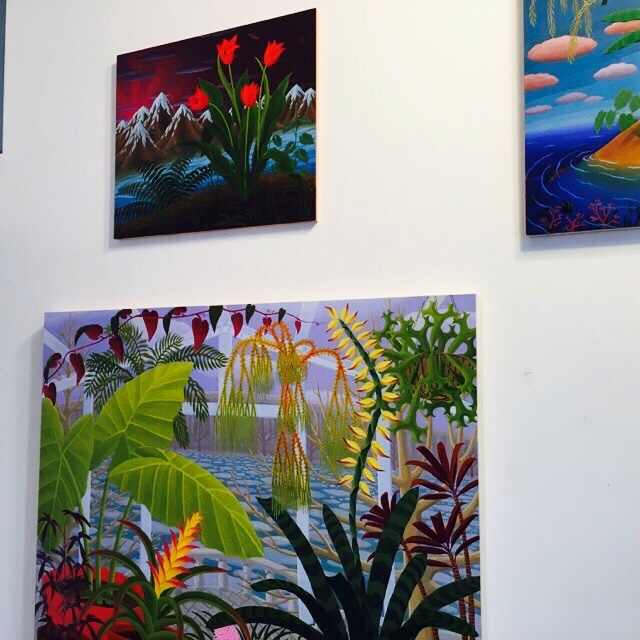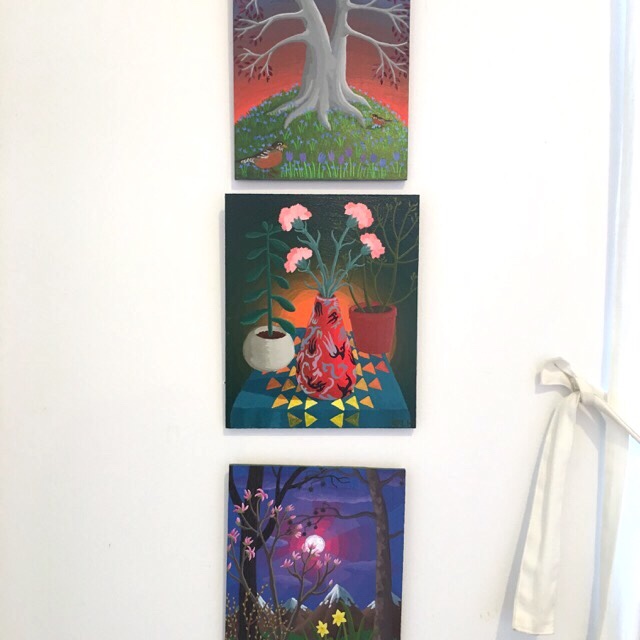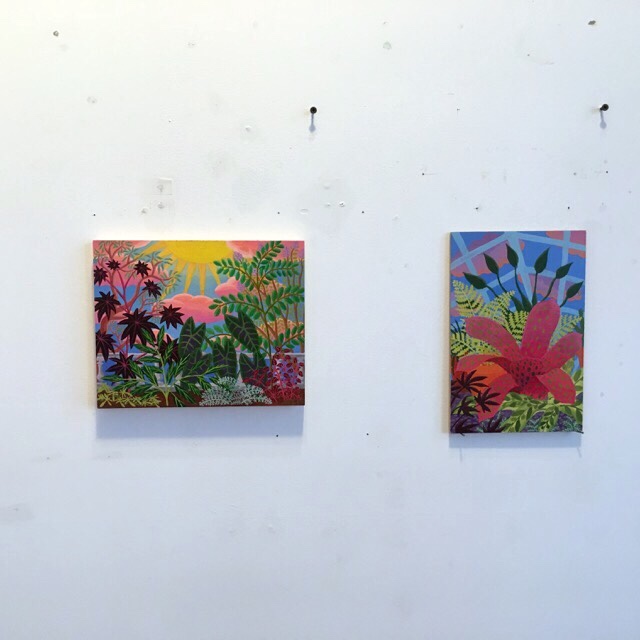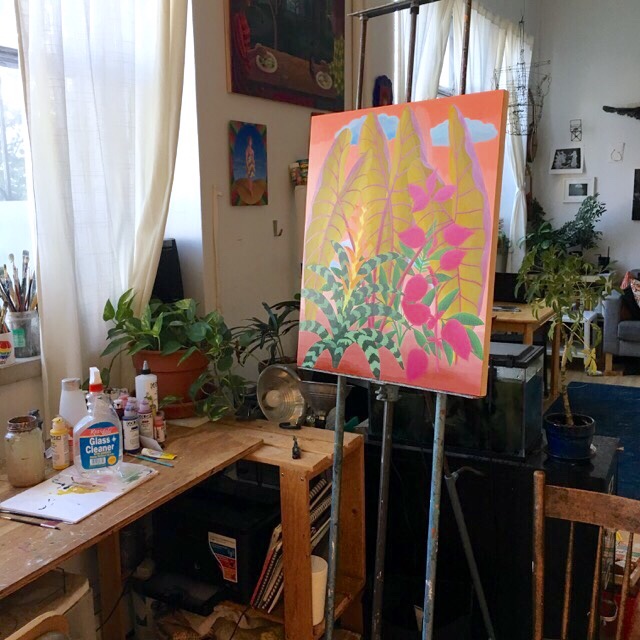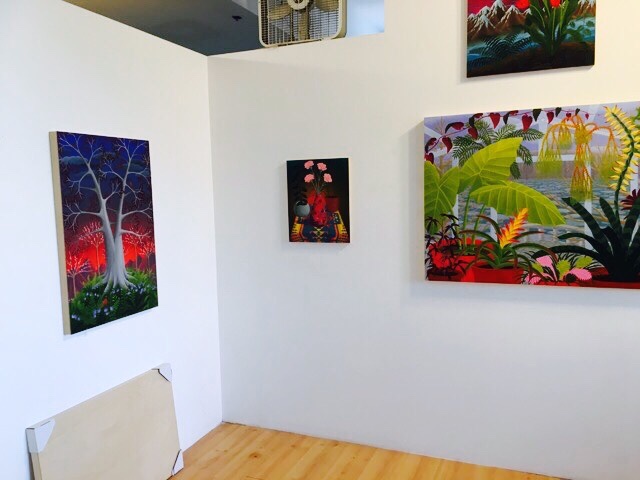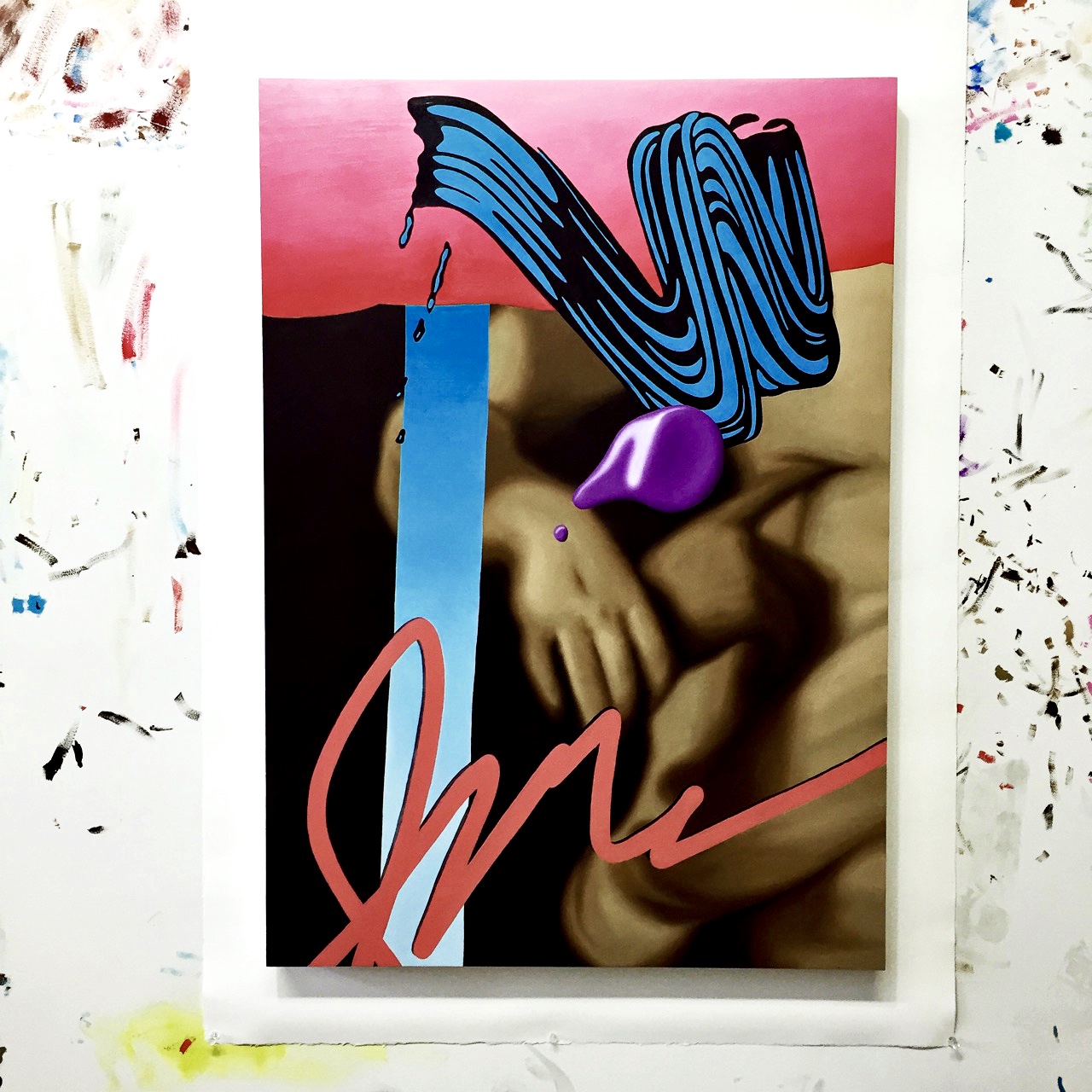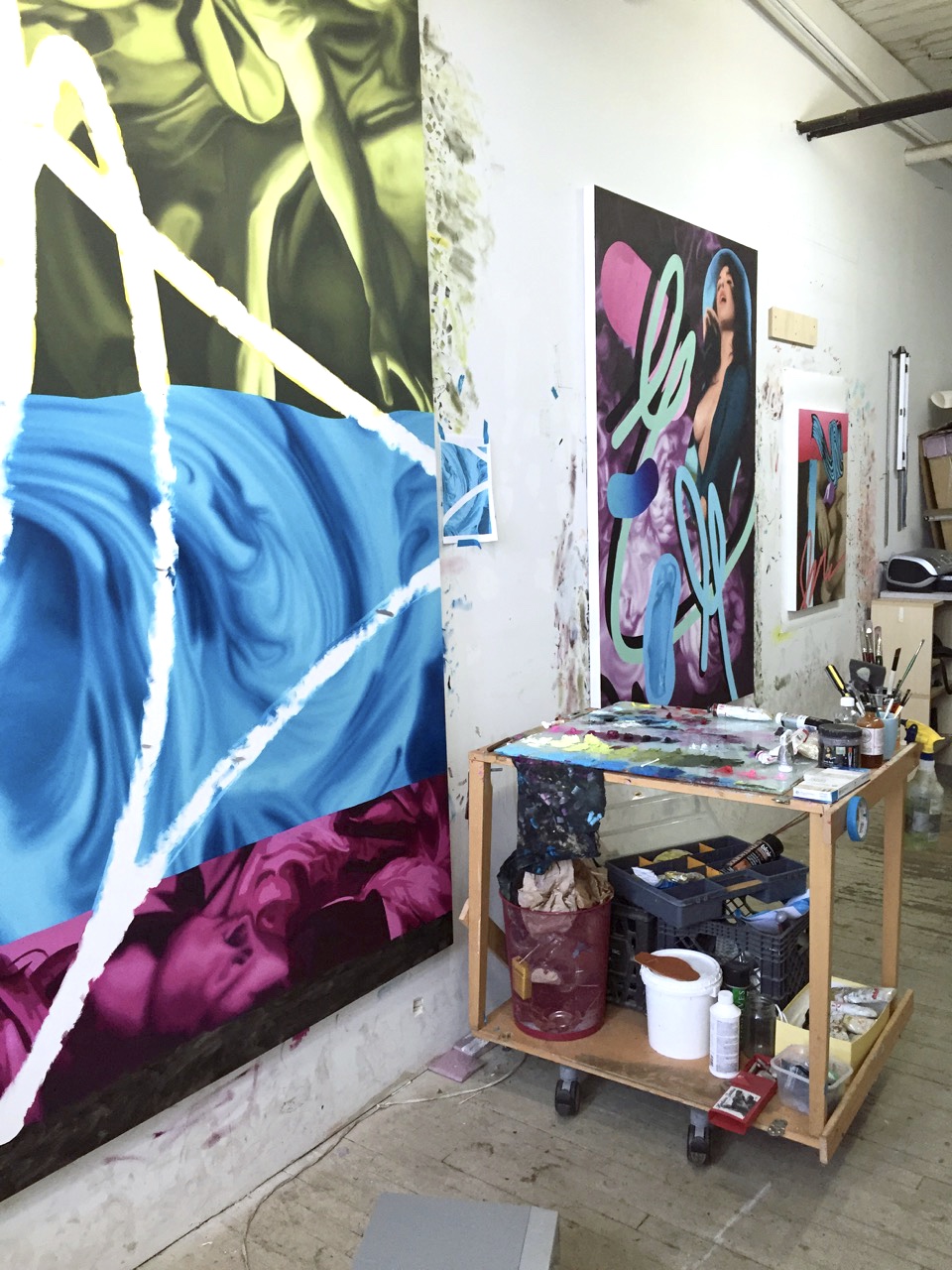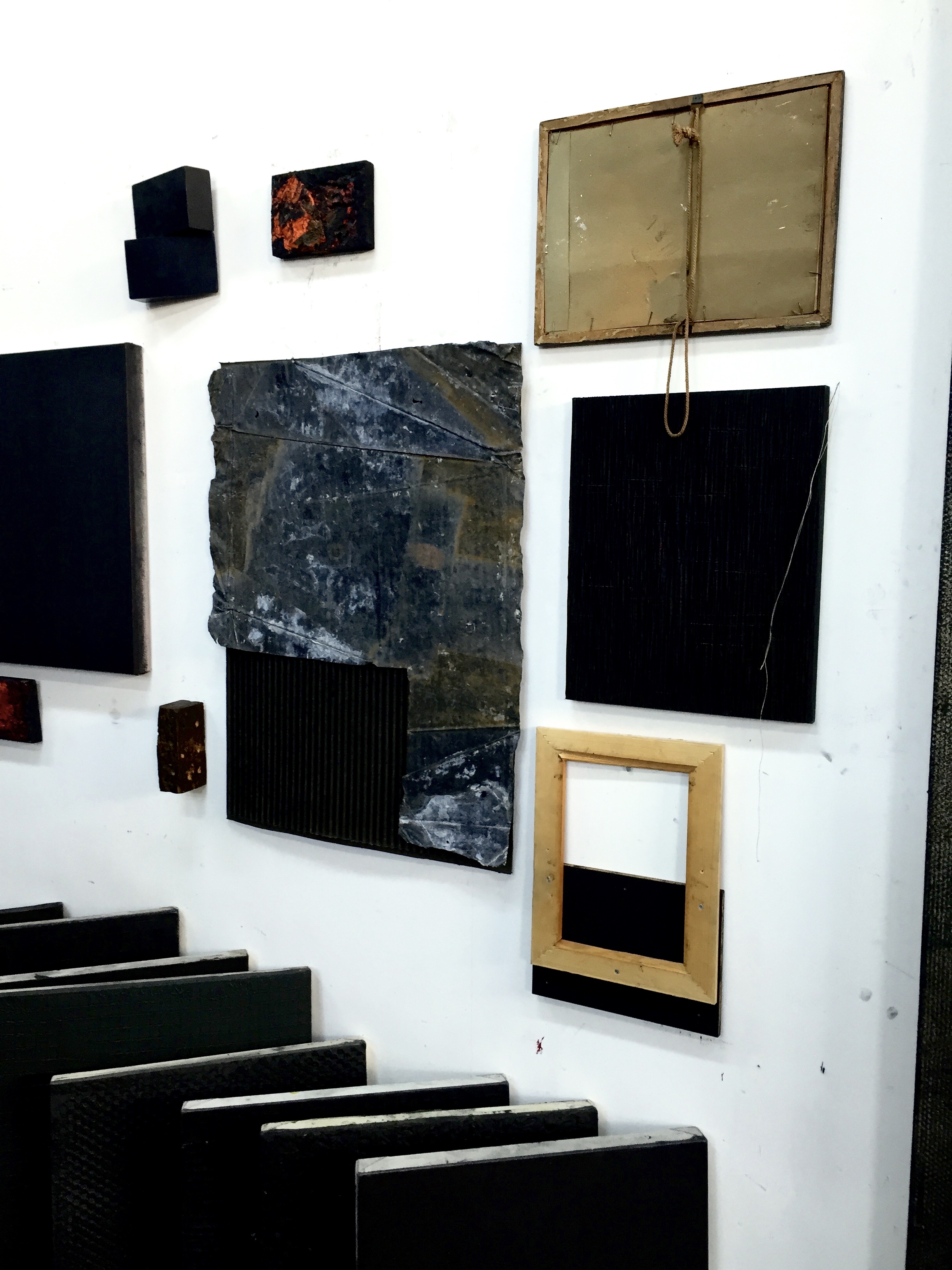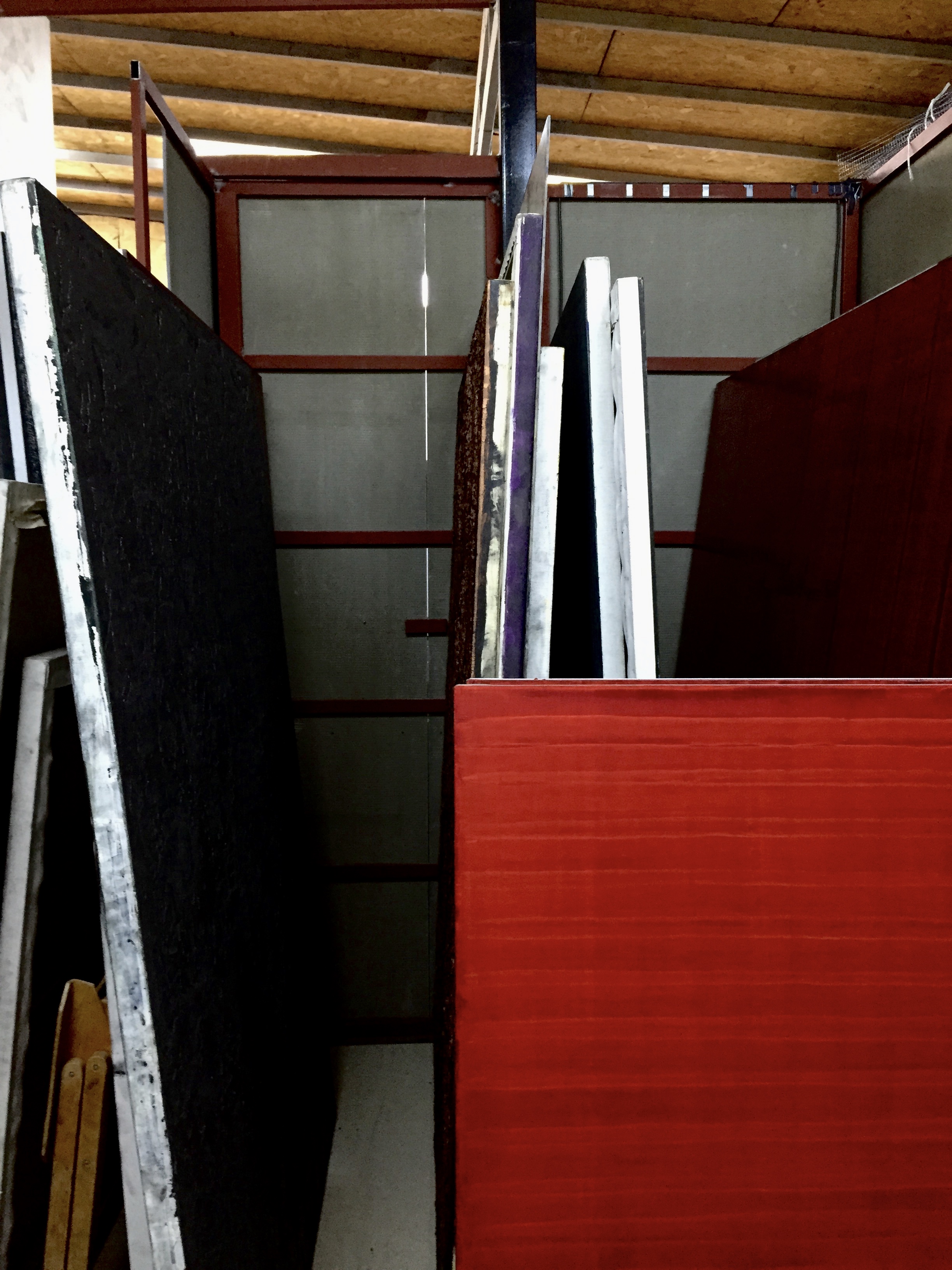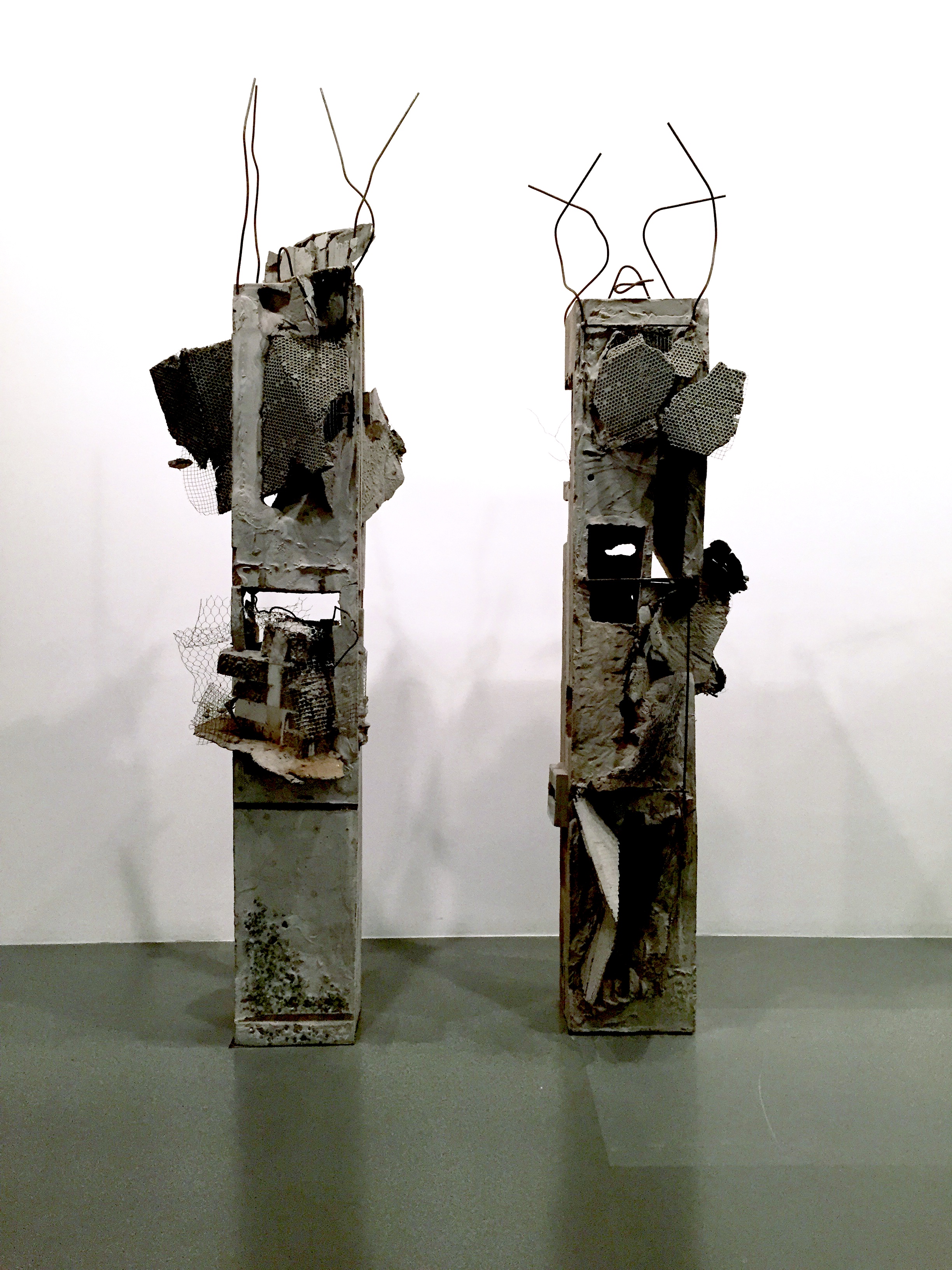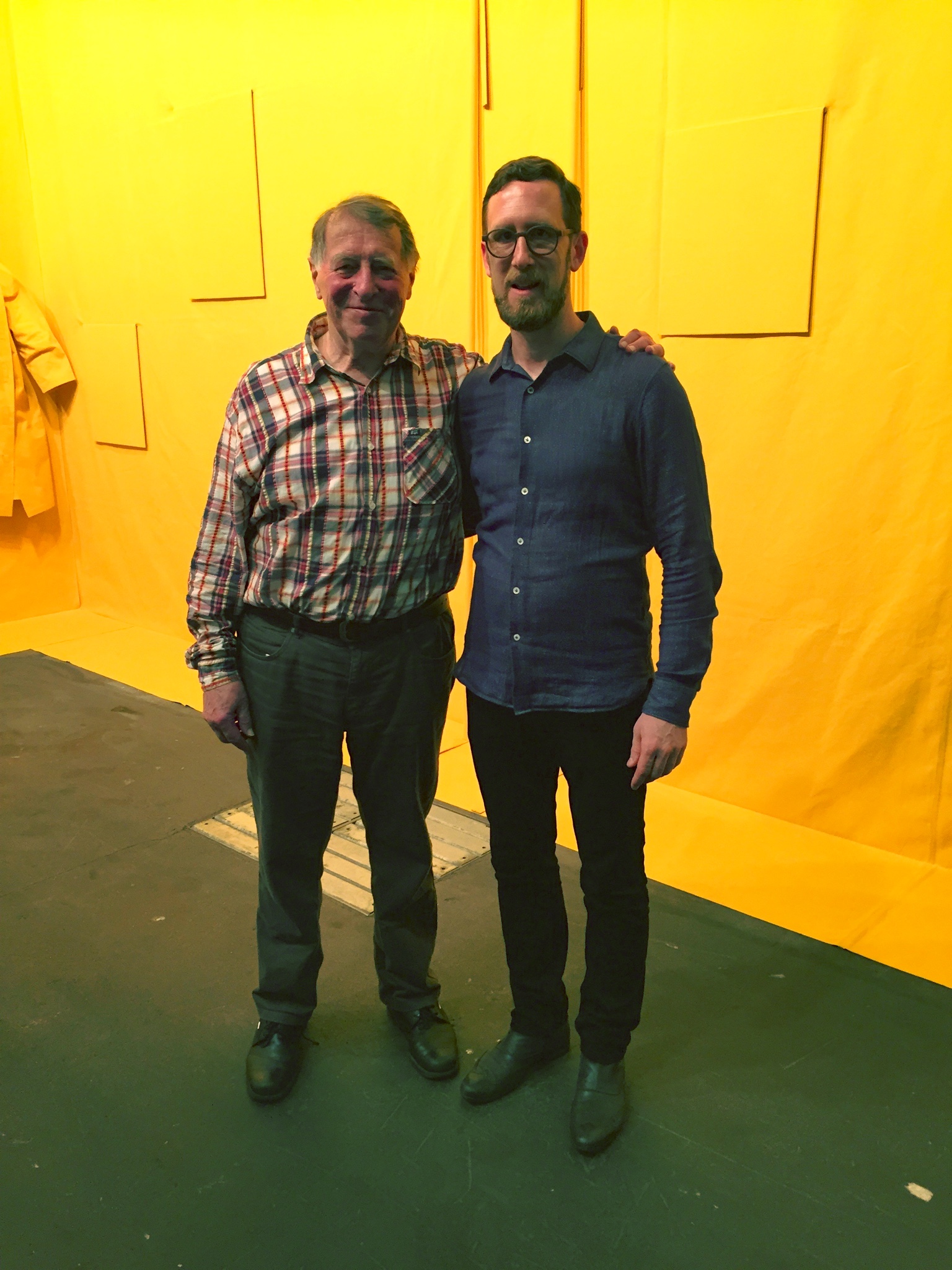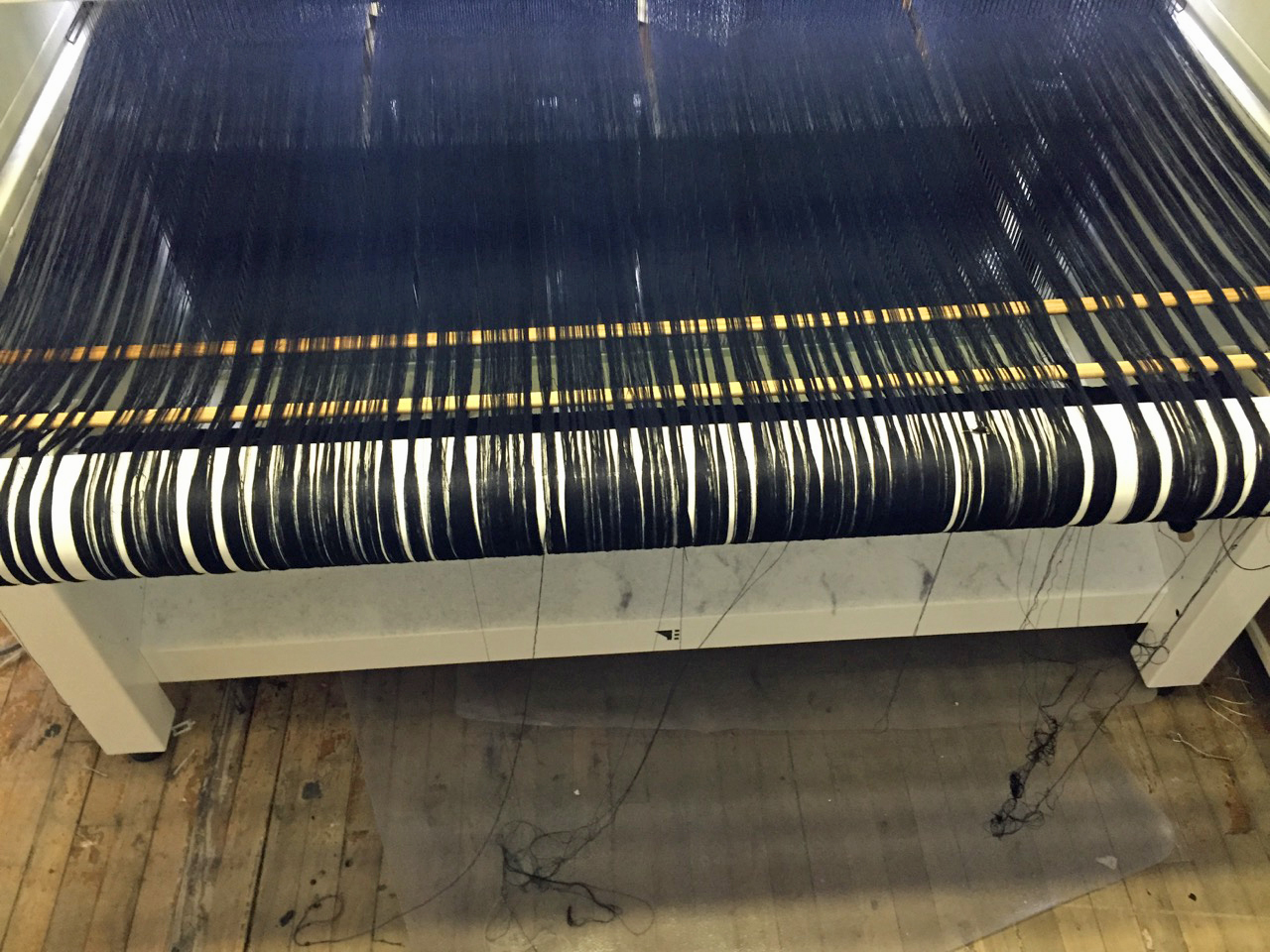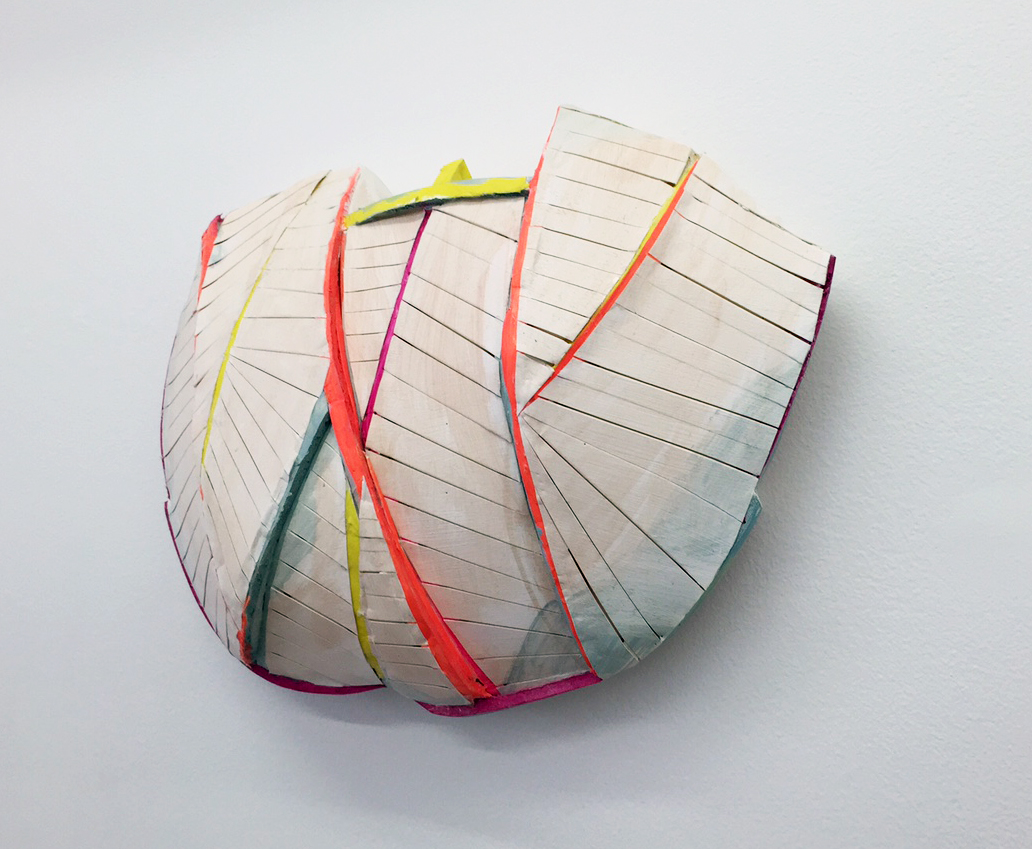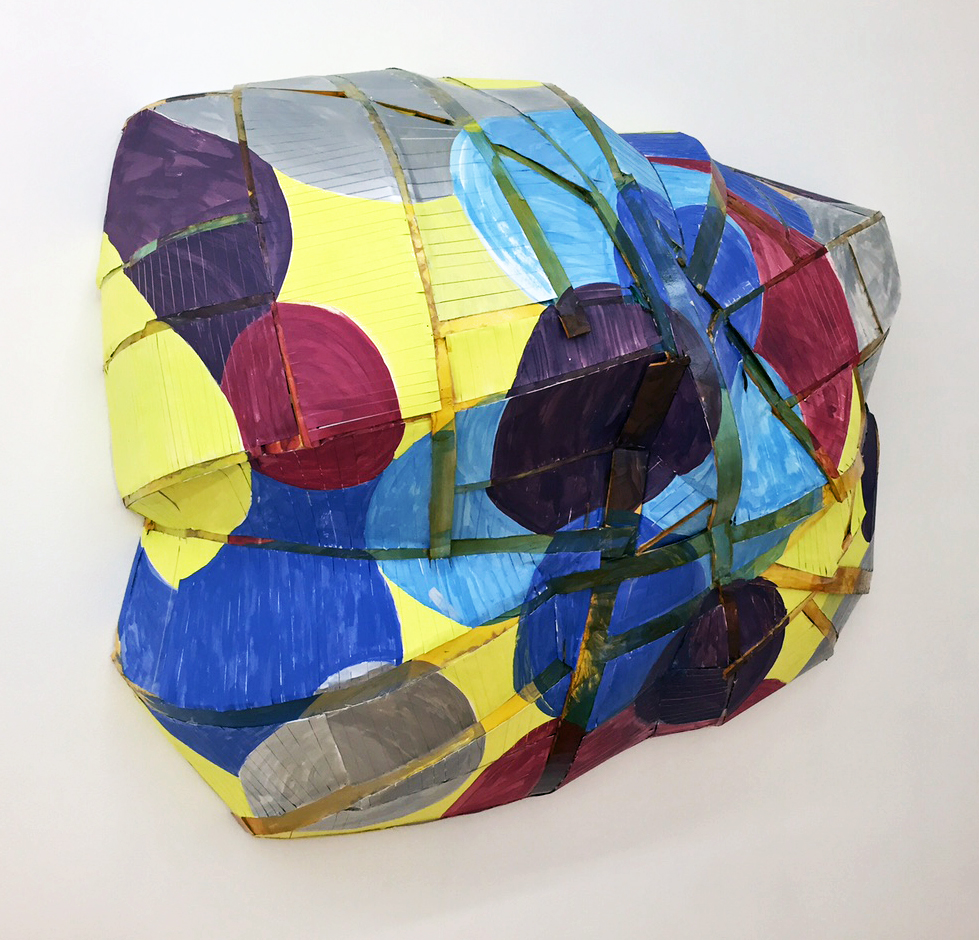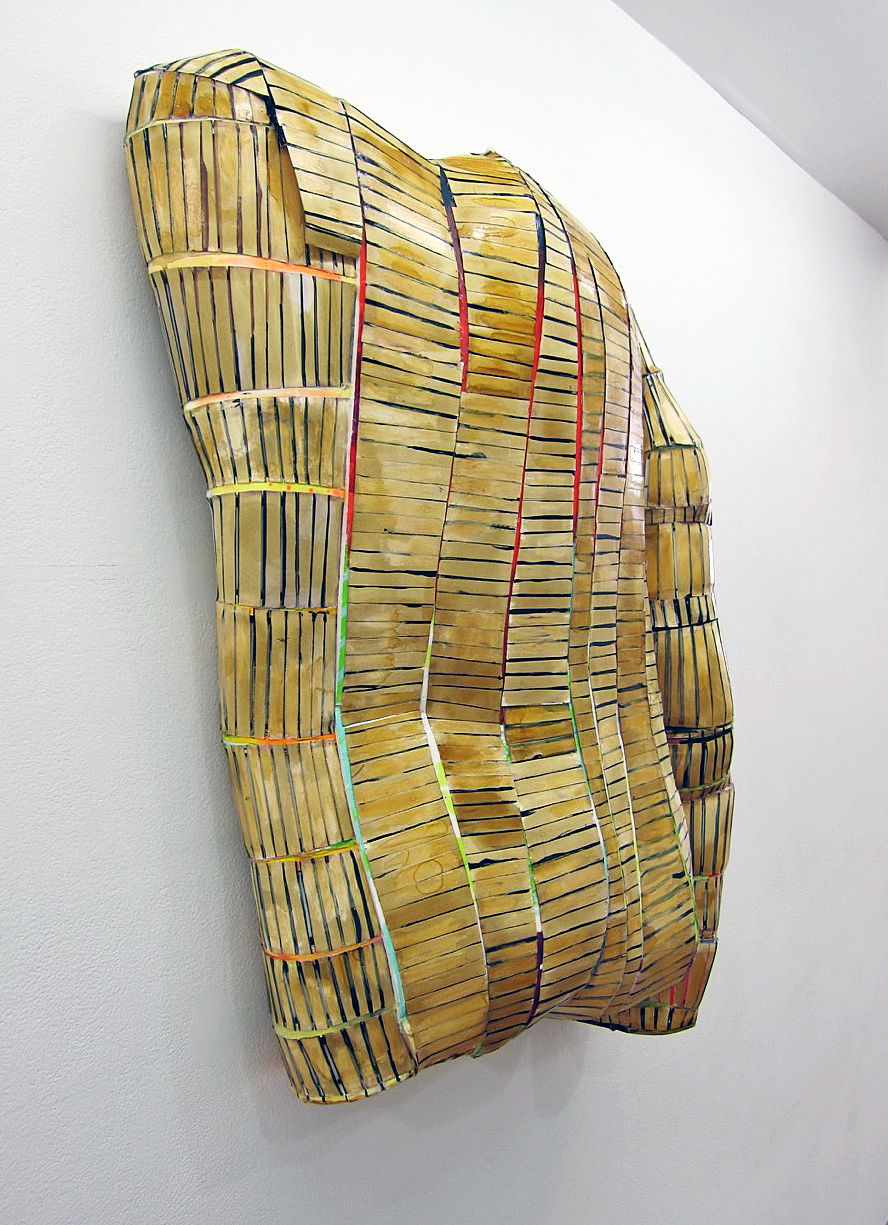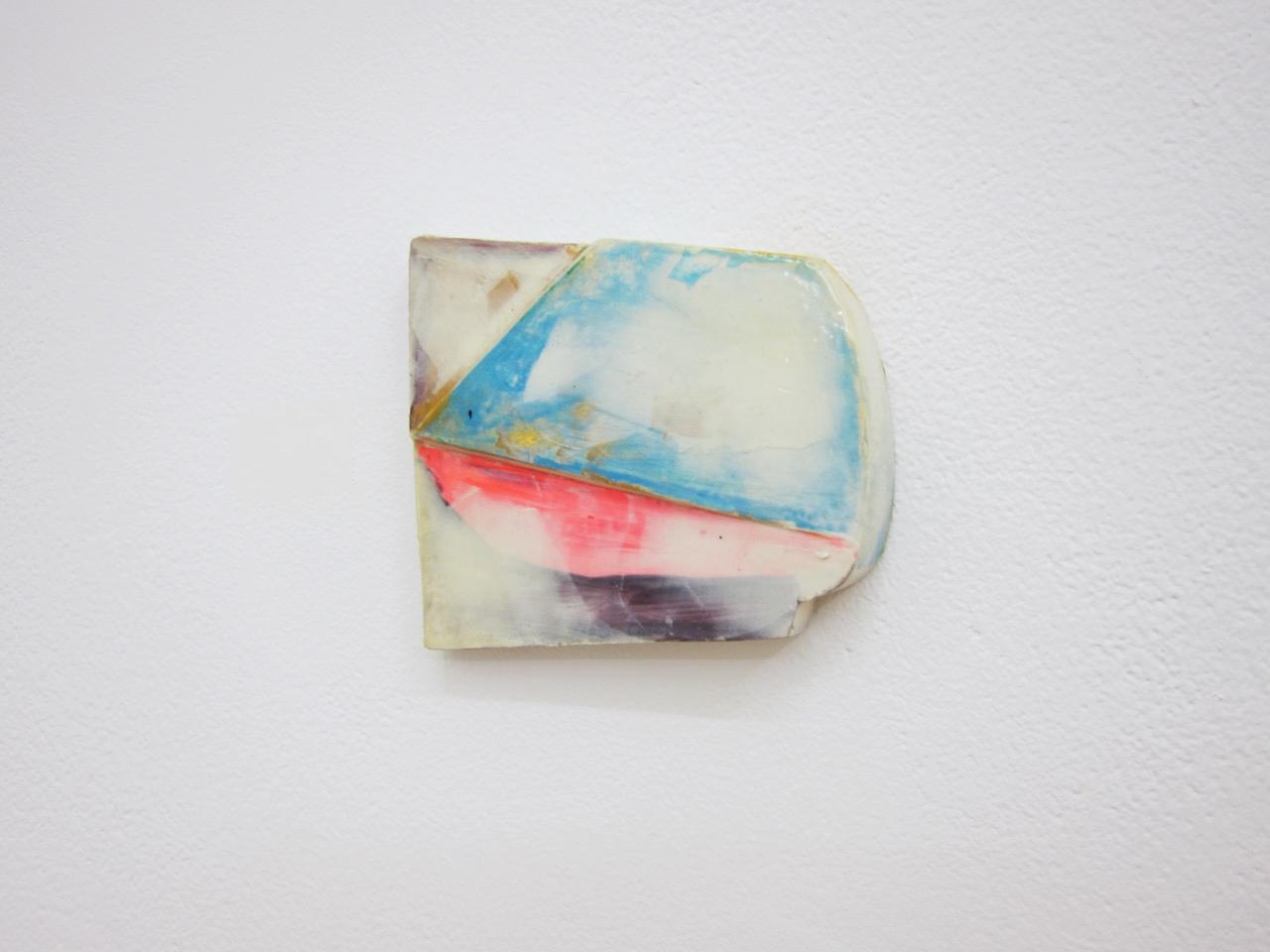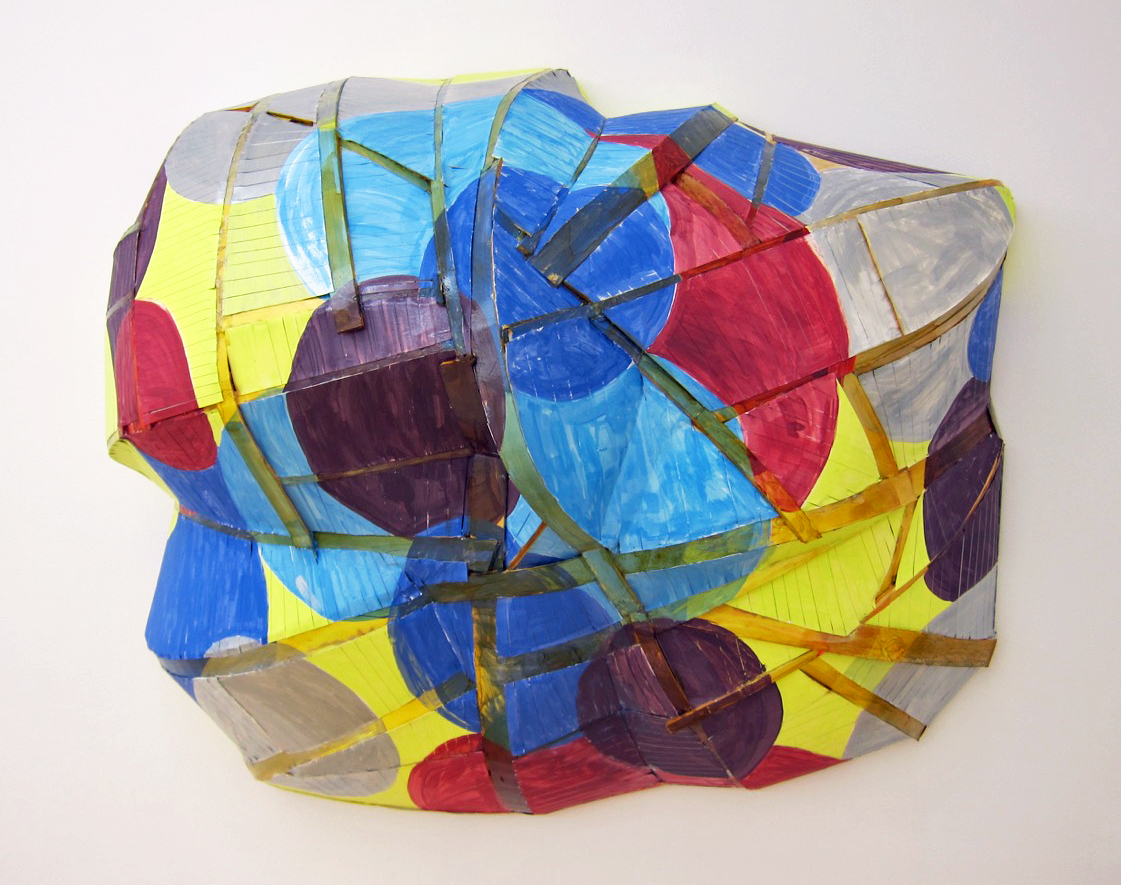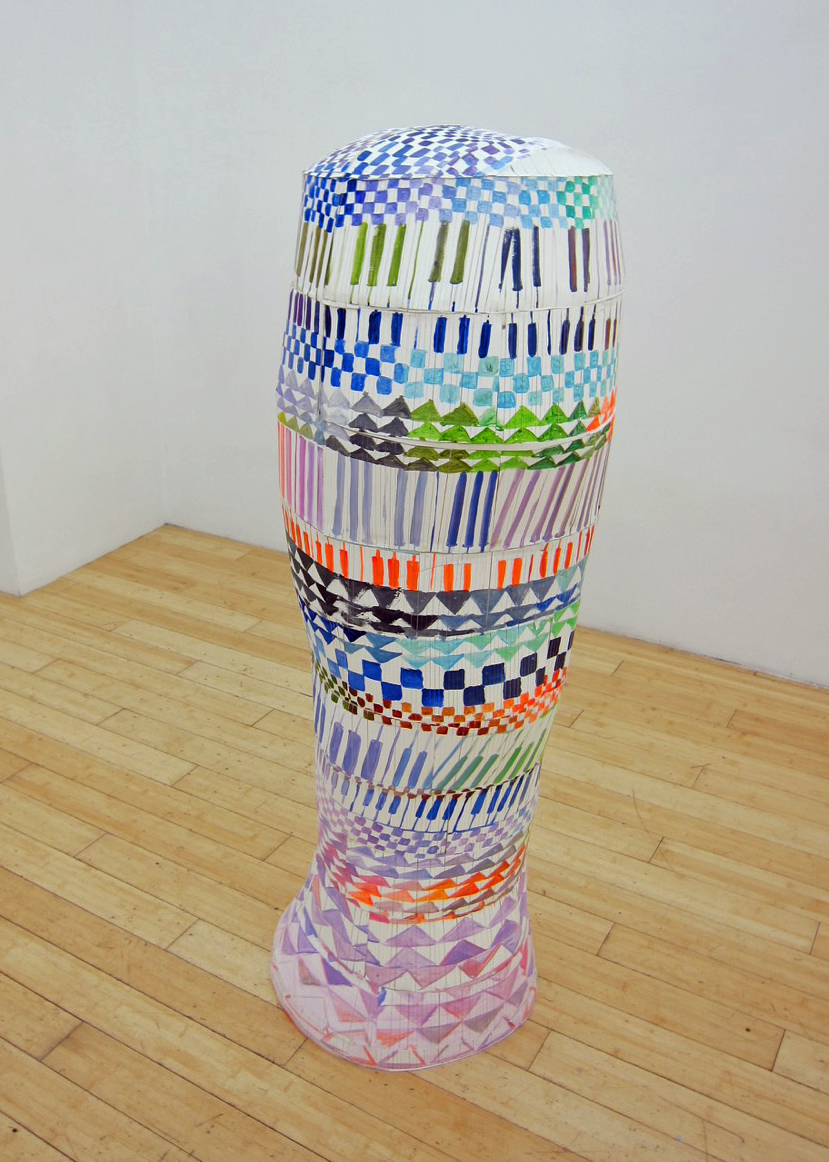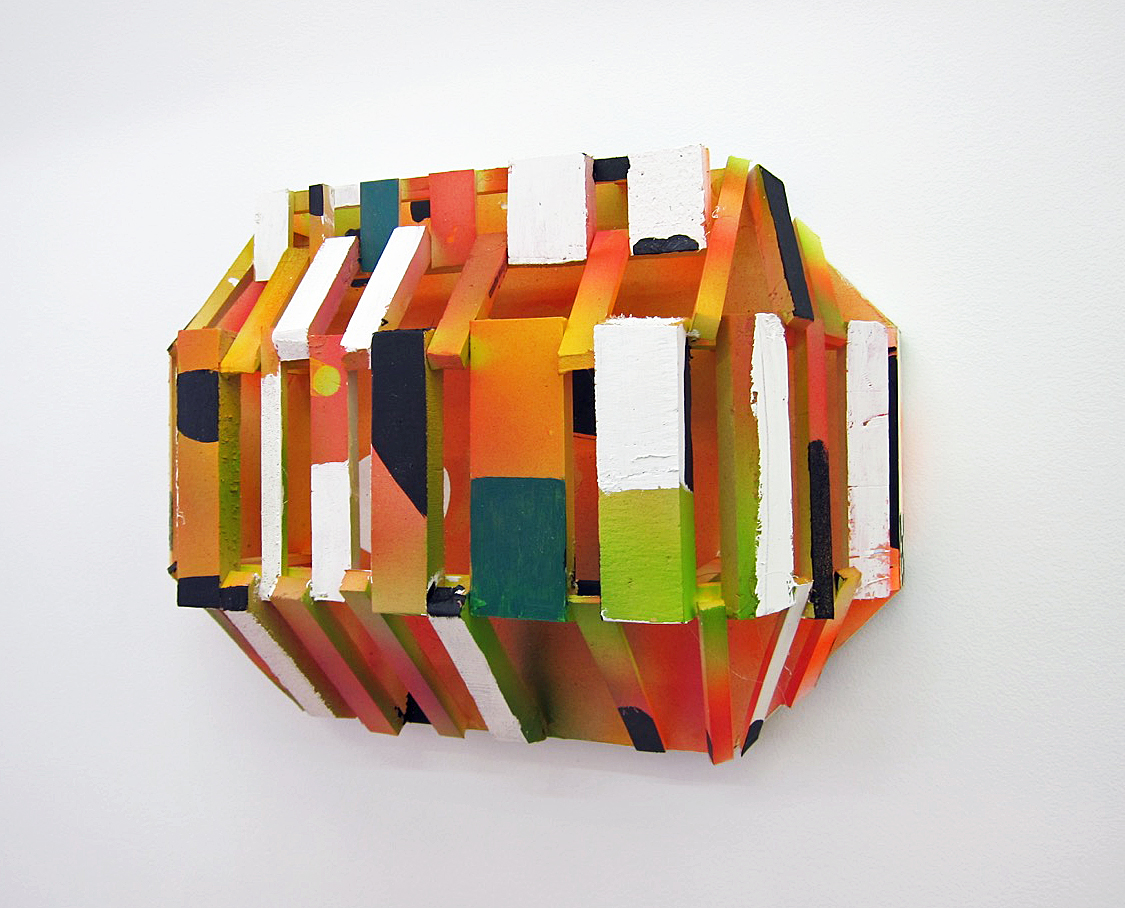MILLER: Tell me about your picture “Firewater.” It feels like a scene from a dream.
LIPPKE: When I was five years old, we moved to a one-room cabin in the Rocky Mountains with no electricity and no running water. Then, for three years, we lived in a yellow step van named Blossom. “Firewater” depicts my memory of how we used to bathe while we were living in the woods. My dad created a water heater to heat water over a campfire, and the setup looked almost exactly like this. In the photograph, two actors portray my dad and my mom. You can see the smoke going up and the light coming down around my dad. There’s all this dirt, and yet he creates beauty and cleanness. For me, the scene is a study of the discovery of sexuality and gender, pairing the masculine archetype with the feminine.
MILLER: Why did you want to revisit this scene?
LIPPKE: When you look at a photo, you connect to your past and your story. A memory is created or maintained as the image hits your neural pathways. I don’t have many pictures of my childhood, and so, with this series, I’m starting with the memories and moving the other direction to the photographs.
MILLER: You started this project six years ago. How has your process changed over time?
LIPPKE: With the early pictures, like “Firewater,” I wanted to approach the scene like a painter approaches the canvas and control everything happening in my frame, but when I looked at the images, they looked a little too clean and constructed. Somehow, the feeling wasn’t quite right. In the next round of shooting, I was less concerned with “What did the tent look like?” and more concerned with “What did it feel like?” I also wanted to go to a place where I didn’t have to create all these props—where the staging was just naturally there. So I said, “Let’s go back to Rainbow Gathering.”
